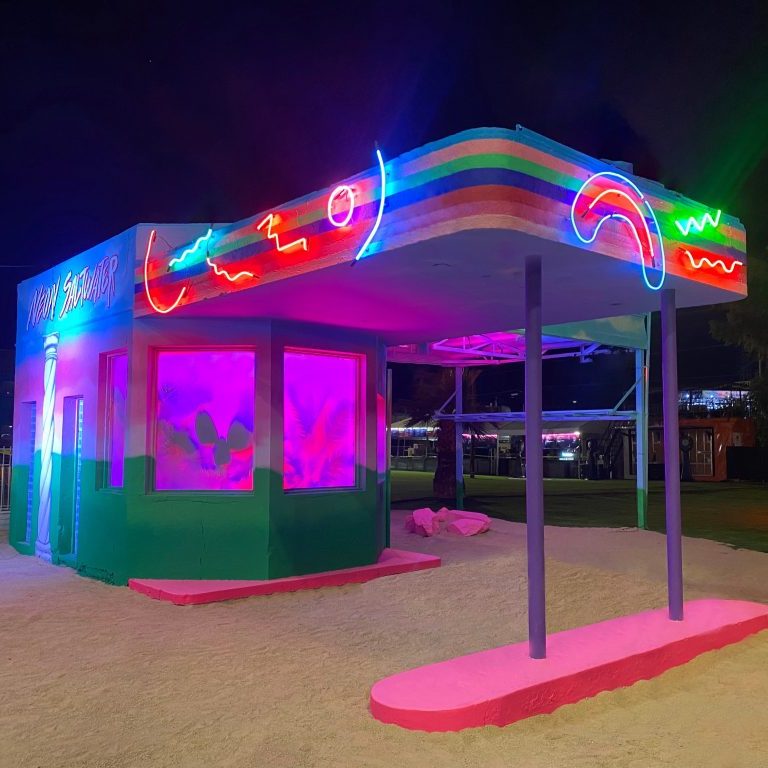Las Vegas Neon Museum
Resurrecting the iconic lights of Sin City
By Corey Lewis
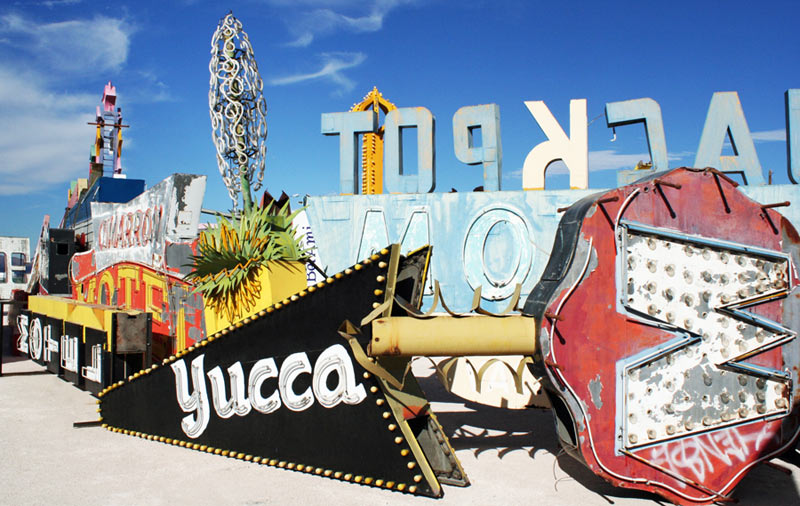
A wide lens on Las Vegas today shows a city that, while taken over in recent decades by a sterile, mega-mall homogeny along its new main drag, is still no stranger to design, studded with architectural monuments from Rafael Viñoly and Daniel Libeskind (and a tombstone by Lord Norman Foster in the form of the Harmon Hotel). Head south on the Strip and you’ll find a different kind of monument-cum-tombstone in a nouveau graveyard for the icons of capital-F “Fabulous” Las Vegas past.
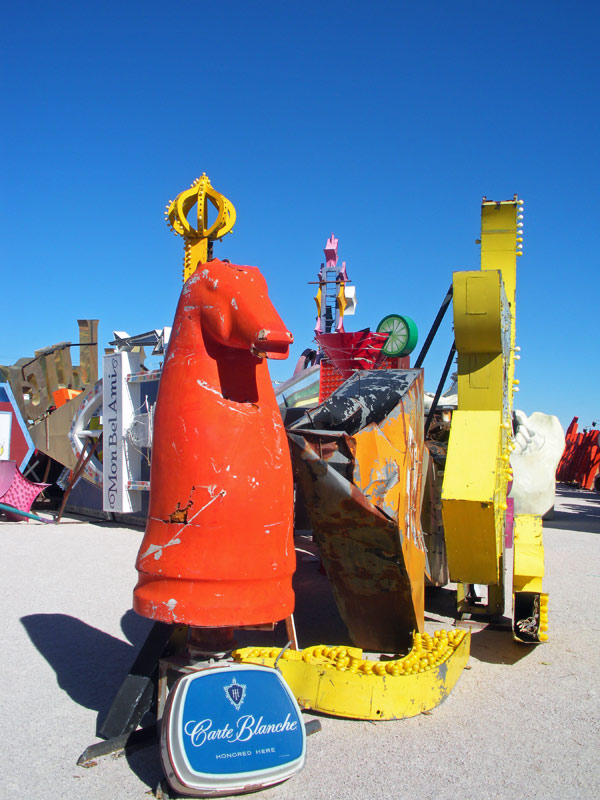
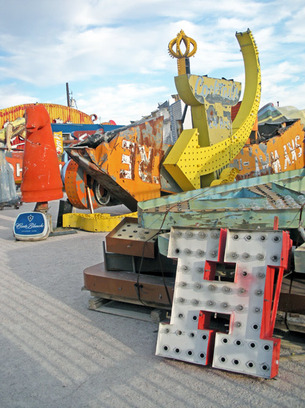
The Neon Museum, a non-profit project founded in 1996 and officially opened last October, serves as the final resting place for upwards 150 historic neon signs: obituaries for Howard Hughes’ Desert Inn, Bugsy Siegel’s Flamingo, the Stardust and Moulin Rouge all packed into a modest chunk of cluttered but surprisingly curatorial desert hidden in the shadow of The Strip’s new super-resorts.
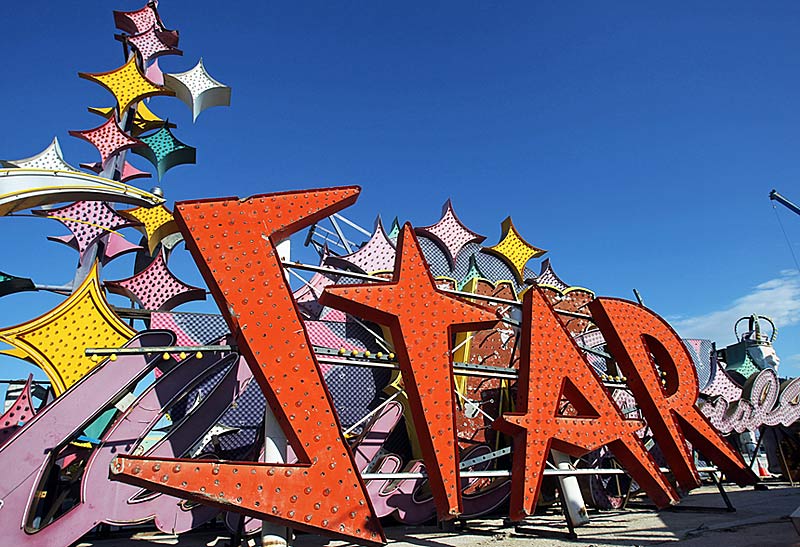
“In terms of iconic relevance, the Stardust is an exceptional piece in the collection,” says Danielle Kelly, executive director of the Neon Museum, “It’s place in Las Vegas history is incomparable. This is a city of stories and [these] signs are wonderful icons and imagery for those stories.”
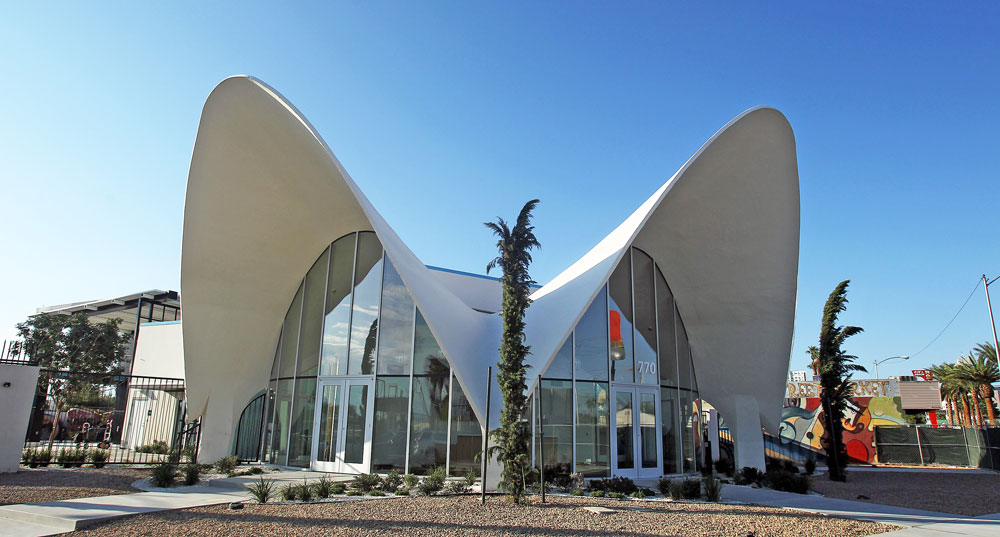
Bill Marion, the chair of the museum’s Board of Trustees agrees. “There is a renewed interest in ‘old’ Las Vegas,” he says, confident in a change-of-heart for a city that has demolished and rewritten its history books about every decade or so. Thus the project, which includes a two-acre “Neon Boneyard”—the aforementioned exhibition space for most of the signage—also rescued the La Concha Motel’s seashell-shaped lobby from demolition. This Googie architecture relic by Paul Revere Williams is now reincarnated as an intergalactic visitors’ center.

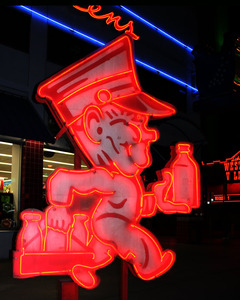
Downtown, between Sahara and Washington Avenues, the Neon Museum and the City of Las Vegas also have restored and illuminated seven signs from the collection back onto dusty thrones, including the flagship sign for Hacienda Horse and Rider and the dainty Silver Slipper. This stretch of Las Vegas Boulevard, known affectionately as Glitter Gulch, thus became one of only three urban streets in the US to be named a Federal Scenic Byway. Aladdin’s Lamp, The Flame Restaurant, and six additional signs also have been installed as a public “Downtown Gallery” lining Las Vegas Boulevard and Fremont Street with throwback pageantry.
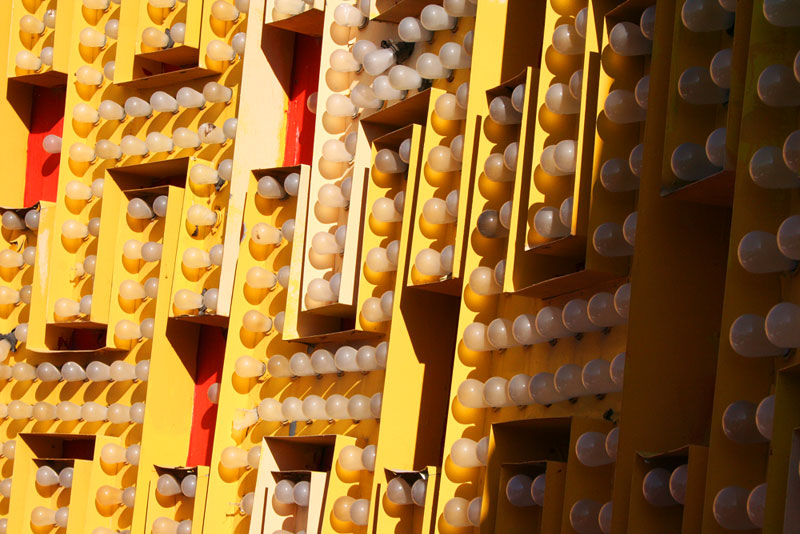
Though maybe not originated in Sin City, neon as an art form was certainly exploited there through the work of YESCO, Ad-ART, Western Neon sign companies and designers such as Charles Barnard and Betty Willis, the lone lady behind the now-ubiquitous “Welcome to Fabulous Las Vegas” sign. Drawn by hand and shamelessly shouting, these neon signs shimmied and seduced The Strip’s first visitors with the pioneering artistic gumption of this old Western town, long before they were replaced by giant video screens selling Shania Twain and bigger, bigger, biggest buffets. “[Neon signage] is Las Vegas’ native art form,” says Kelly. “It intersects art, architecture, graphic design and advertising, propelling significant pop cultural trends in every genre.”
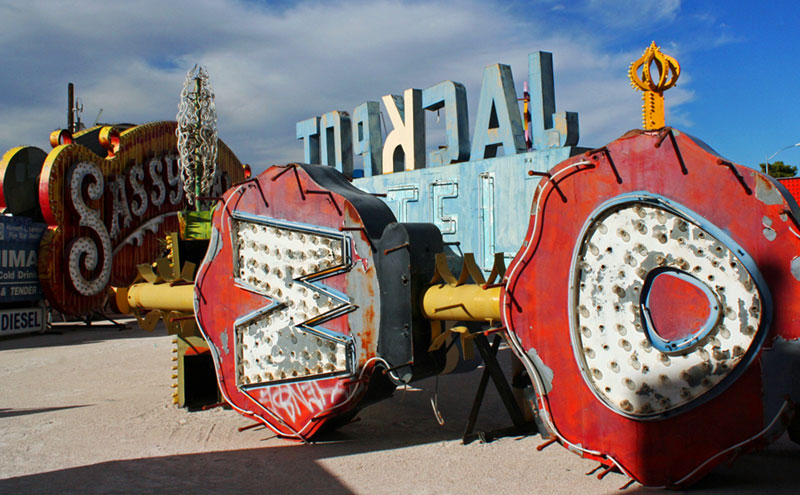
Today, a walk through the Neon Museum will seduce visitors and critics with a pioneering artistic gumption that’s a tribute to the old Western town. Signs like the newlywed-favored “Wedding Info” and the one-syllable emblem, “Sin,” show that despite the changing means, the city has never been shy about what it does best. To visit or donate to the Neon Museum, check out their website. See more images in the slideshow.
Images courtesy of the Neon Museum





